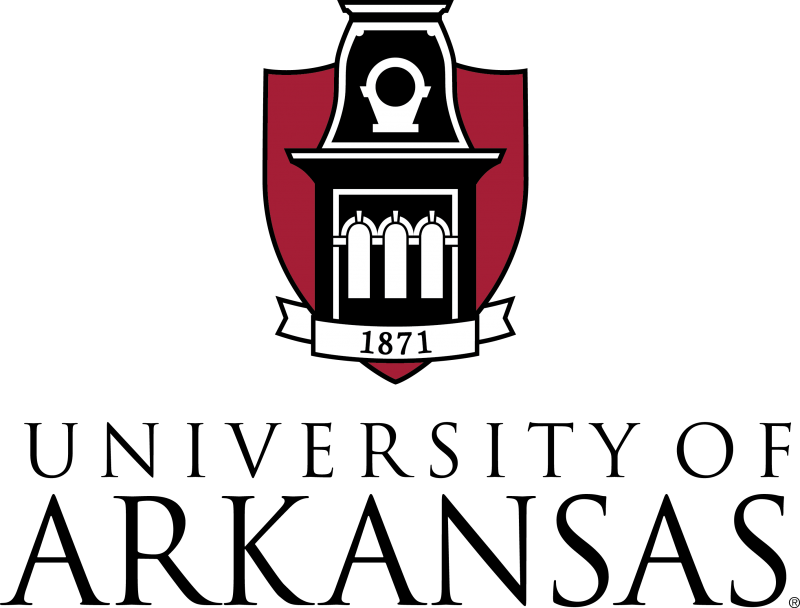
An FPGA unit that the research team uses to test their designs
In professor David Andrews’ lab, computers line the walls, and students spend their time trying to find ways to cram more and more data into smaller and smaller spaces. When they aren’t traveling to Europe for conferences, that is. Eugene Cartwright, a graduate student, and Juan Rios, an Honors College student, recently returned from a trip to Oslo, Norway, where they gave a demonstration of their work at the FPL conference. In Norway, they got to meet computer scientists and engineers from all over the world, hear a keynote speech from Michael Flynn, and tour the building where the Nobel prize is awarded.

Honors College student Juan Rios, holding the FPGA he uses to conduct research.
Eugene and Juan, along with graduate students Abazar Sadeghian, Azad Fakhari and Christina Smith, are working on a system that will help software designers put together FPGAs—field programmable gate arrays. An FPGA is a super-dense computer chip that can configure its gates to process huge amounts of data in a very small space. The problem is that only experienced hardware designers can figure out how to arrange and connect these gates to customize them for different tasks, and there aren’t enough of these experts to fill the demand. Andrews has invented a system called hthreads that can solve this problem. A software designer can describe a task to this system, and hthreads will generate an appropriate FPGA platform. Andrews’ students are working on a way to make this system available in the cloud so more software designers can access it.

Abazar Sadeghian, a graduate student in the department of computer science and computer engineering
What do these students like the most about working with computer hardware and software? The challenges of it. Juan explained that he likes creating different architectures and gathering data to see which ones work best.
Abazar likes the challenge of tracking down bugs in hardware designs. Unlike with software, where a close look at the code can reveal any problems, errors in hardware can be hard to identify and solve. “Even though you know everything is okay, still it doesn’t work,” he explained. “When it works, it’s a miracle. It’s more exciting when it works.”
Eugene’s favorite thing to do in the lab is improving the hthreads

Graduate student Eugene Cartwright, waiting for his computer to install the latest version of Linux.
platform. He also likes breaking things: “When things don’t work for some reason, I really like to find out why.”
“You like the hunt,” said Andrews.
“I really like the hunt,” Eugene replied.
Ma Sen, another graduate student, points out that hunting bugs and breaking hardware have a larger purpose. “We’re creating the future,” he said. “It’s awesome.”
Bragging Rights:
- David Andrews holds the Thomas Clinton Mullins Endowed Chair in the College of Engineering
- David Andrews has received grants from the National Science Foundation and the United States Naval Research Laboratory for this work as well as new research on digital security and how it is affected by multicore technology.
- Juan Rios is a Bodenhamer Fellow in the Honors College.

